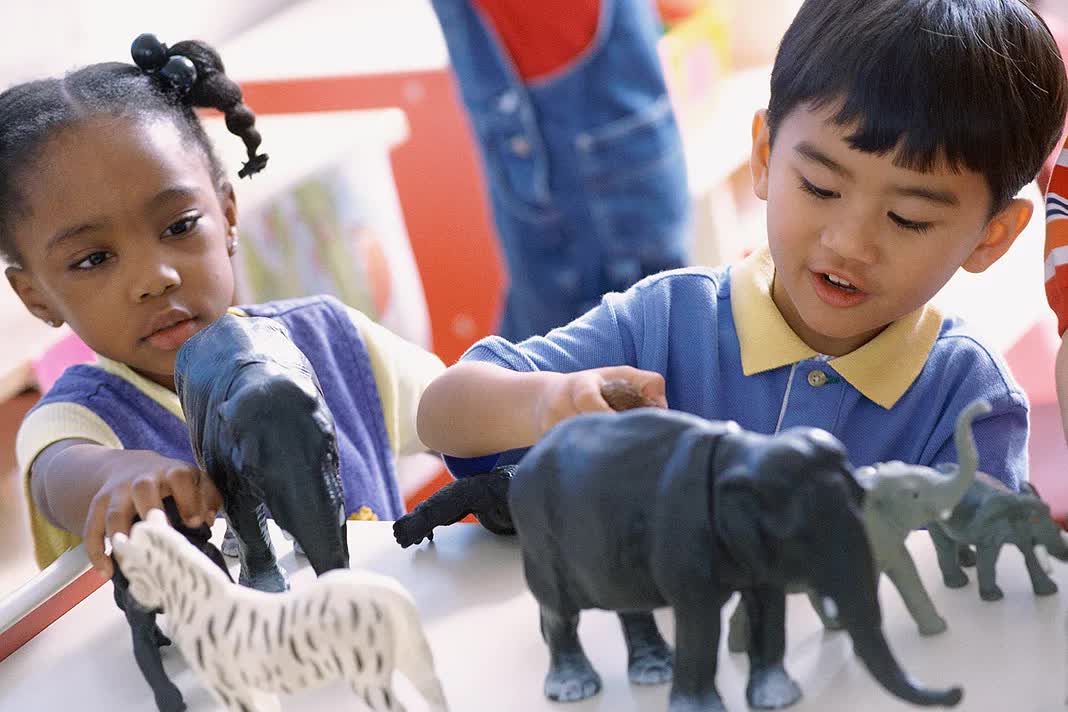Classrooms

We will bring exotic, safe animals to your school for the kids to touch! Presentations of the animals include engaging group discussions and hands-on activities. Just tell us the grade level and topic or standards you want to cover, and we will tailor a program to your group! Programs are designed to fit into a normal class period for up to 35 students, and can be done back-to-back for multiple classes. We offer a discount for multiple programs in the same location. We always bring a variety of at least five animals, but we can bring an extra mystery animal for $50!
This is the general presentation guideline for all grades:
Students will observe and touch at least 5 animals from these groups: reptile, mammal, bird, amphibian, insect or other arthropod. We have a fun, engaging discussion where students draw on their visual, tactile, and auditory observations to answer and ask questions. We focus on grade appropriate topics of Life Science and Earth Science in the Next Generation Science Standards, which their school teacher can choose. We engage in hands-on activities that incorporate several Science and Engineering Practices, as well as ELA and Mathematics Standards to investigate scientific concepts and learn more about the animals. We can accommodate requests from the teacher for specific standards that they would like their class to work on. The students will practice skills in Language Arts and Mathematics, as well as Science and Engineering, in order to master several Disciplinary Core Ideas.

Here are some examples of programs we do:
Kindergarten: Finding Resources
Students will observe and touch 4 animals from these groups: reptile, mammal, bird, amphibian, insect or other arthropod! We have a fun discussion where students will answer and ask questions about how the animals find and obtain food, water, shelter, and air from their environment. We look at a model of an animal or an artifact and compare it to the live animal. Students will watch an animal breathing, and if the animals cooperate, they will also observe an animal eating or finding shelter! They will model behaviors observed, through dramatization. After the lesson, they will be able to use their observations to describe how animals get resources and name the animal’s body parts on a picture.
Standards this program helps students achieve:
NGSS K-LS1-1
K-ESS2-2
K-ESS3-1
K-ESS3-3
CCSS.ELA-LITERACY.SL.K.1
SL.K.2
SL.K.3
SL.K.5
SL.K.6
CCSS.MATH.CONTENT.K.MD.A.1
K.MD.A.2
1st grade: Survival
Students will observe and touch 4 animals from these groups: reptile, mammal, bird, amphibian, insect or other arthropod! We have an engaging discussion where students will answer and ask questions about what adaptations and structures animals use to obtain food, water, shelter, and air, and what behaviors they do to ensure their offspring survive. They will touch an artifact from an animal which demonstrates an adaptation for survival! The educator will show pictures of animals’ parents and students will verbally compare features to the offspring. After the lesson, they will be able to describe patterns in the body parts and behaviors the animals use to obtain resources and help offspring. They will be able to use their observations to draw an account of similarities and differences between parents and offspring.
Standards this program helps students achieve:
NGSS 1-LS1-1
1-LS1-2
1-LS3-1
CCSS.ELA-LITERACY.SL.1.1
SL.1.2
SL.1.3
SL.1.5
W.1.8
CCSS.MATH.CONTENT.1.MD.C.4
1.G.A.1
Programs are designed for a class of up to 35 students for 1 hour, all for a low fee!